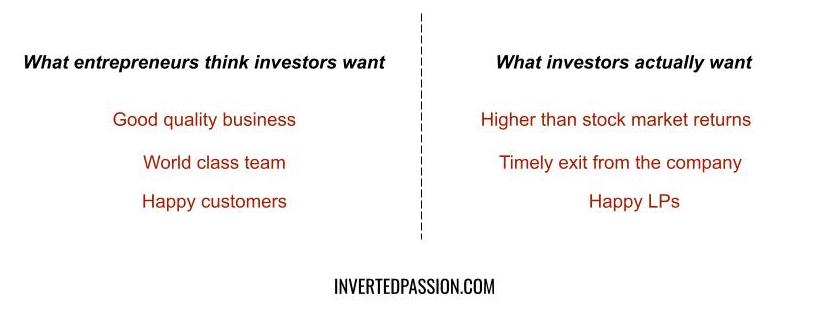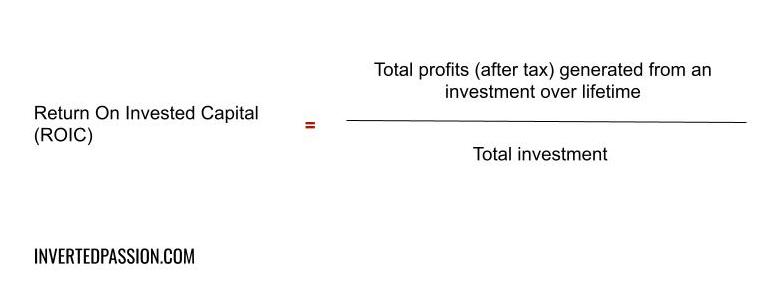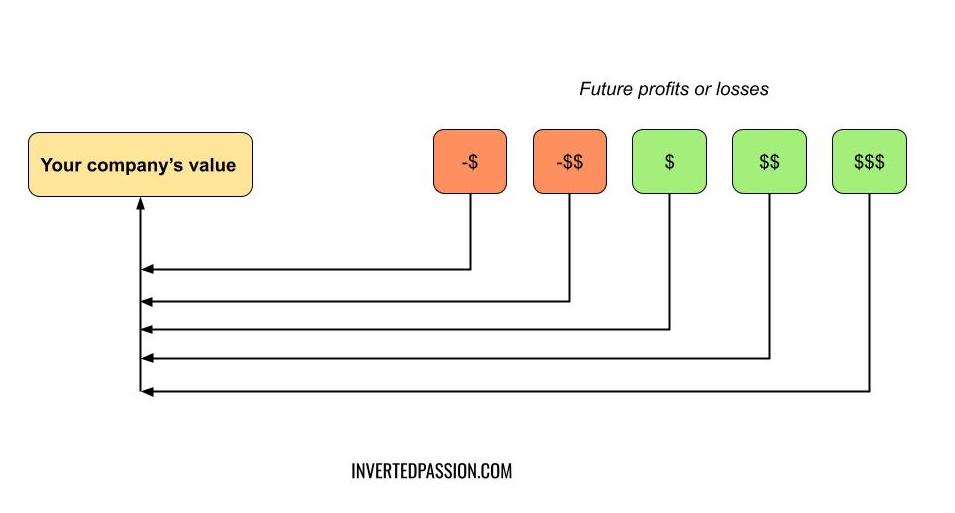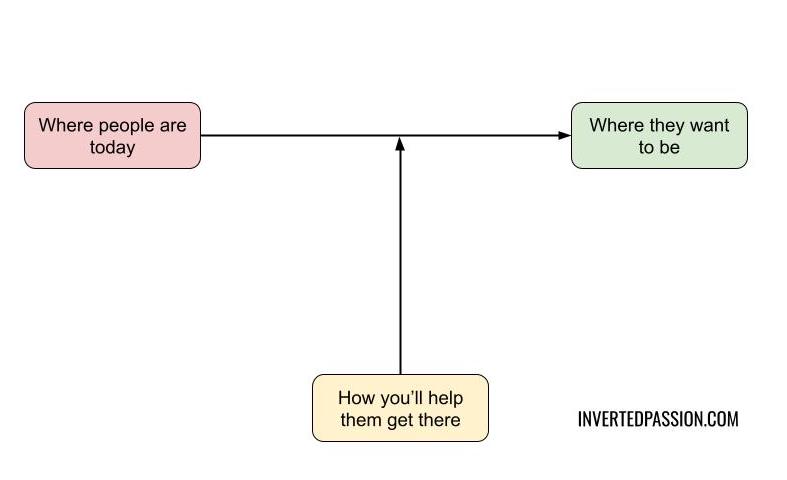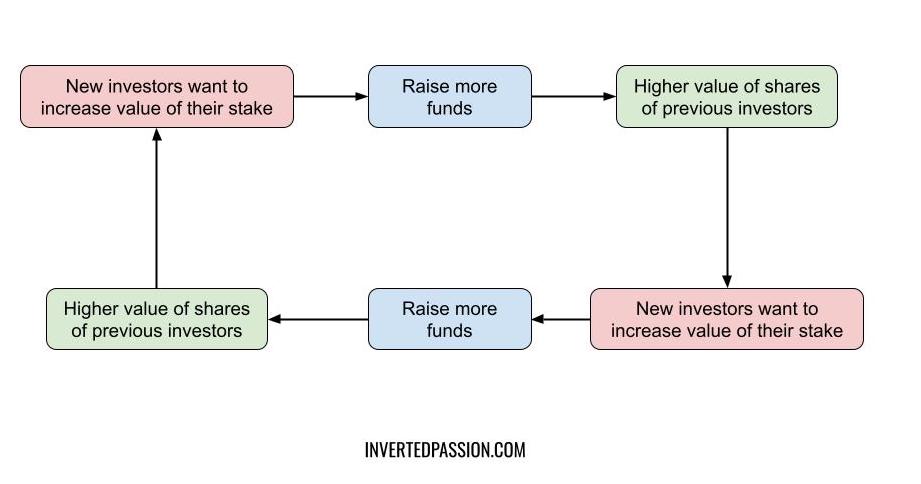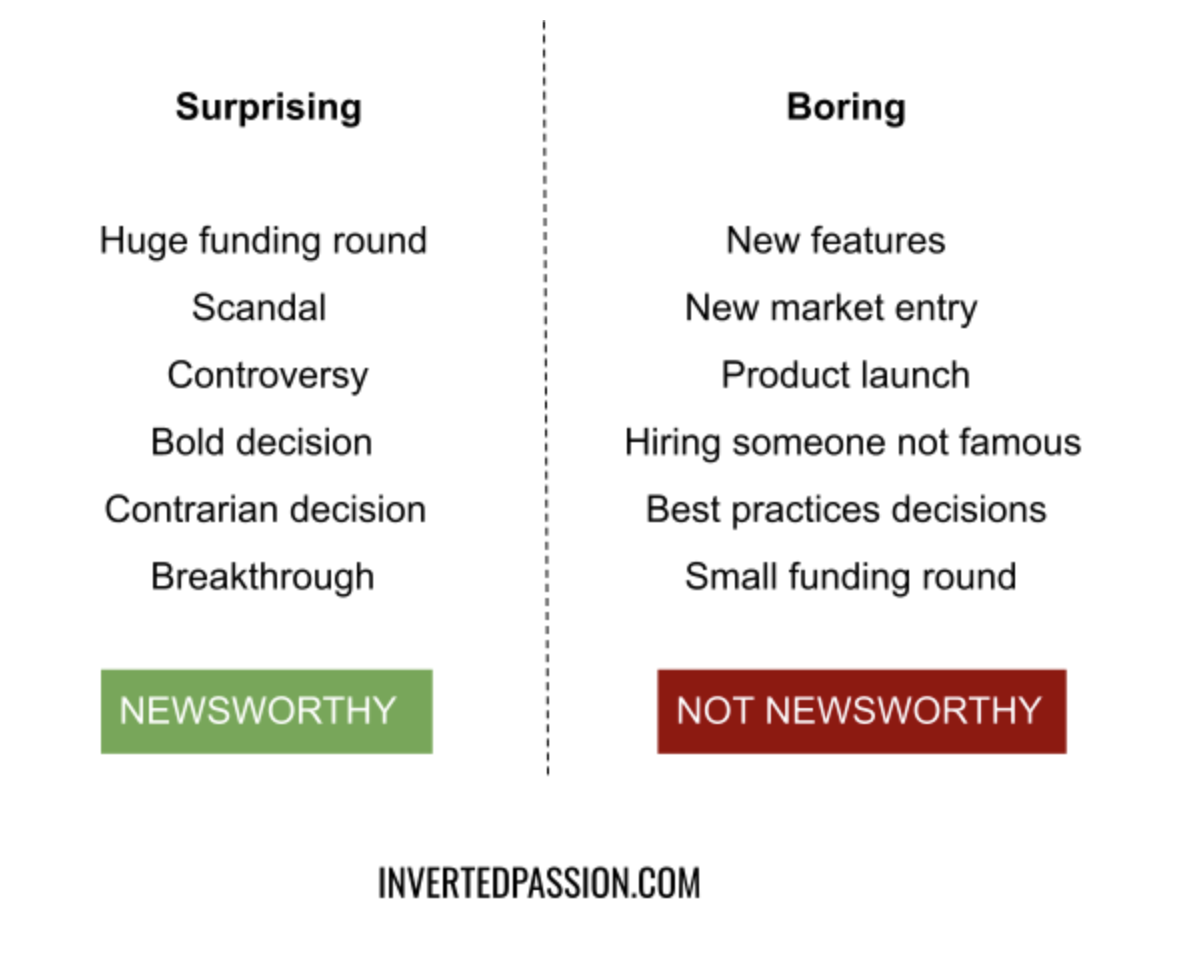There are many stakeholders of a business. There are employees, customers, suppliers, management, directors, shareholders, investors, investors’ investors, the government, and society. Things are fine when everyone’s interests are perfectly aligned.
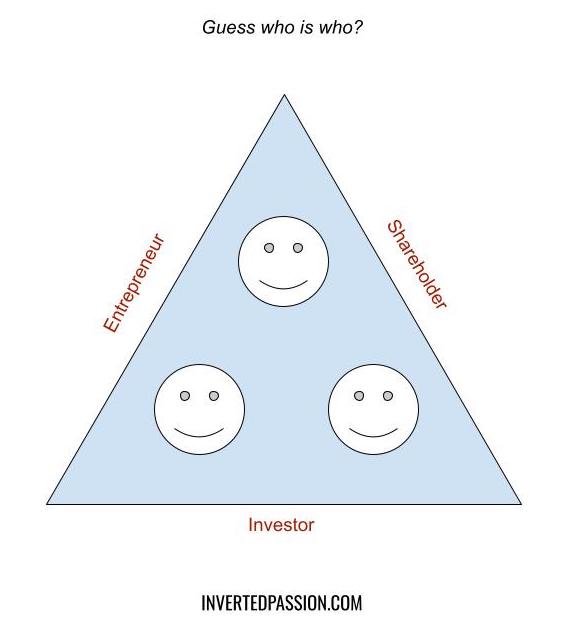
But the more the number of stakeholders, the harder it is to keep everyone happy. When the interests of stakeholders diverge, an entrepreneur must choose whose interest must be prioritized. The choice, in practice, is hard, because some stakeholders are going to be unhappy when decisions don’t go their way. (Say, when an entrepreneur lays off employees). ...
